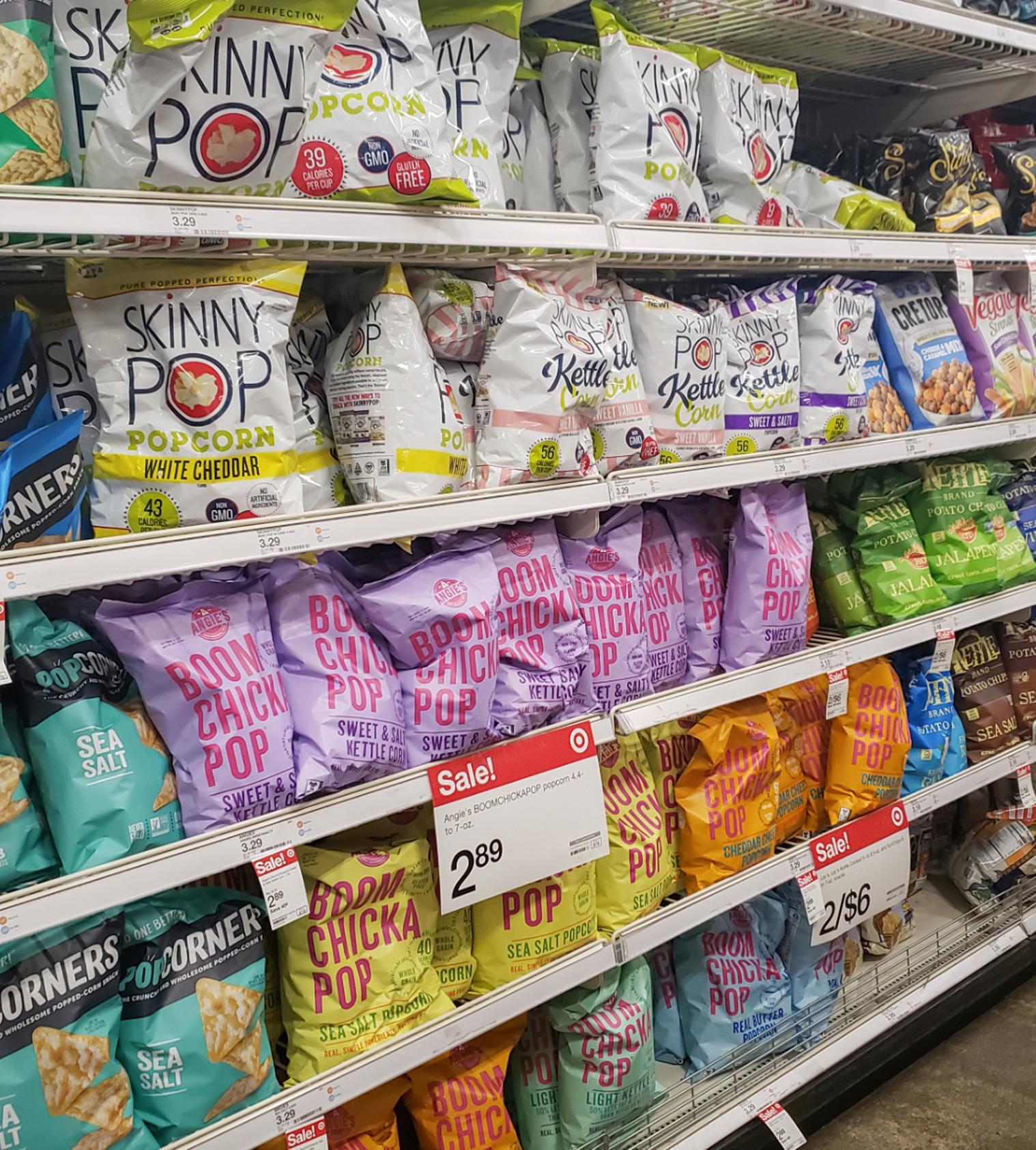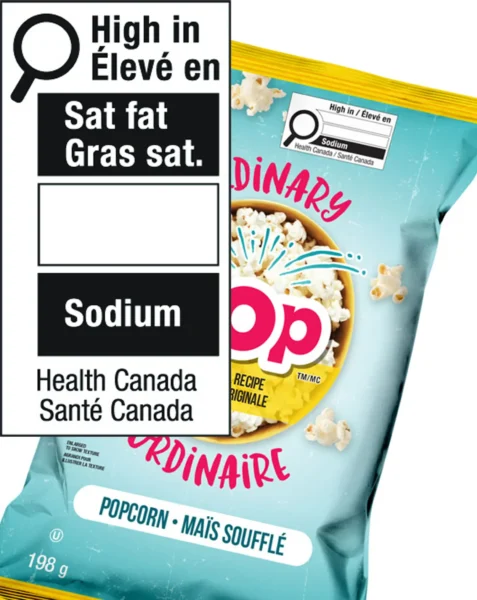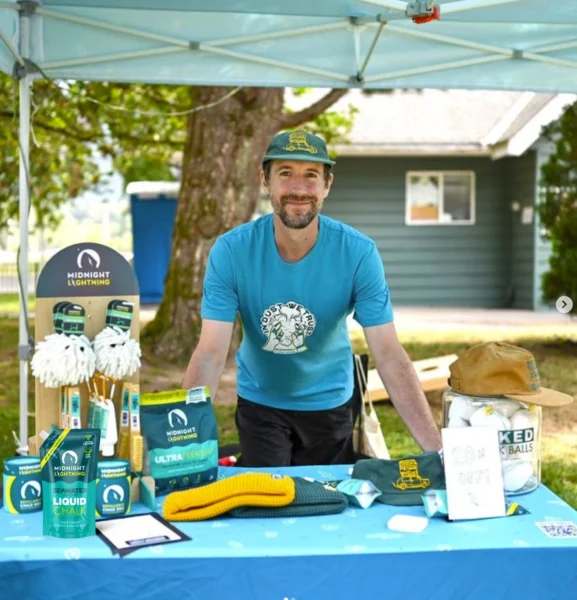CPG Branding & Package Design
Become a Stand-out Brand in the Consumer Packaged Goods Industry
A blend of design, psychology, and business strategy, brands must create a lasting impression in the consumer's mind.

In the aisles of supermarkets and online marketplaces, Consumer Packaged Goods (CPG) companies engage in a battle for consumer attention. The weapons of choice? Branding and packaging. As consumers, our journey with a product often begins with its visual appeal, but the story of how it reaches our hands involves careful strategy, creativity, and sharp marketing insights. Let’s take a closer look at CPG branding and package design.
What is CPG: A Quick Overview
CPG refers to merchandise that customers use up and replace frequently. Examples include food, beverages, cosmetics, and cleaning products. These items share a common thread – they’re often low-cost and have a short shelf life, making the market highly competitive and the need for effective branding and packaging design paramount.
The Art of CPG Branding
Branding in the CPG industry involves developing a unique identity that resonates with your target audience. A well-crafted brand tells a story, evokes emotions, and builds a connection with the consumer. It’s a promise of quality and experience.
Key Elements of CPG Branding
1. Target Audience Identification: Knowing your audience is the first step. Are your products aimed at busy parents, health enthusiasts, or budget-conscious students?
2. Unique Value Proposition (UVP): What sets your product apart? Is it the organic ingredients, cost-effectiveness, or maybe an innovative formula?
3. Memorable Messaging: Your brand’s voice should be consistent across all channels – be it packaging, advertising, or social media.
4. Brand Identity: This includes logo design, colour palette, typography, and the style of all related and supporting graphics which should align with the brand’s personality and appeal to the target demographic.
Packaging Design
Packaging design in the CPG world is more than just an attractive container. It’s a critical touchpoint in the consumer’s decision-making process. The packaging conveys the brand’s message, protects the product, and differentiates it from competitors.
Crucial Aspects of Packaging Design:
1. Form and Functionality: Packaging should be practical. Easy to open, store, and sometimes resealable. The design should also consider sustainability and environmental impact.
2. Labelling and Information: Beyond aesthetics, packaging must include essential information like ingredients, usage instructions, and compliance with regulatory standards.
3. Shelf Pop: Products should stand out on the shelf. The design should be eye-catching and make the product easily recognizable. Even better if the line of products creates cohesive visual blocking on shelf.
4. Consumer Experience: Packaging contributes to the overall user experience. Think of the satisfying click of a high-quality cosmetic lid or the tactile feel of a textured label.
Challenges and Trends in CPG Branding and Packaging
1. Digital Presence: In today’s digital-first world, CPG brands must ensure their products are just as appealing online as on the shelf.
2. Sustainability: Eco-friendly packaging is no longer a niche trend but a consumer demand and a corporate responsibility. Things like Upcycling and Carbon-Neutral are become more common.
3. Personalization and Customization: Customers want choice. Leveraging data to offer personalized experiences can significantly boost consumer loyalty.
4. Agility: The ability to quickly adapt to market trends, like the recent surge in health-conscious products, is crucial.
Conclusion: CPG Strategy and Creativity
In conclusion, branding and package design in the CPG industry are less about selling a product and more about crafting an experience. It’s a blend of art, psychology, and business strategy, aimed at creating a lasting impression in the consumer’s mind. As markets evolve and consumer preferences shift, brands that master this intricate dance of branding and packaging will continue to thrive and connect with their audience in meaningful ways.
Remember, every time you pick a product off the shelf, there’s a story behind its journey – a story of meticulous planning, creative thinking, and strategic branding.
—
Need help getting your product on shef? let’s make a plan.




